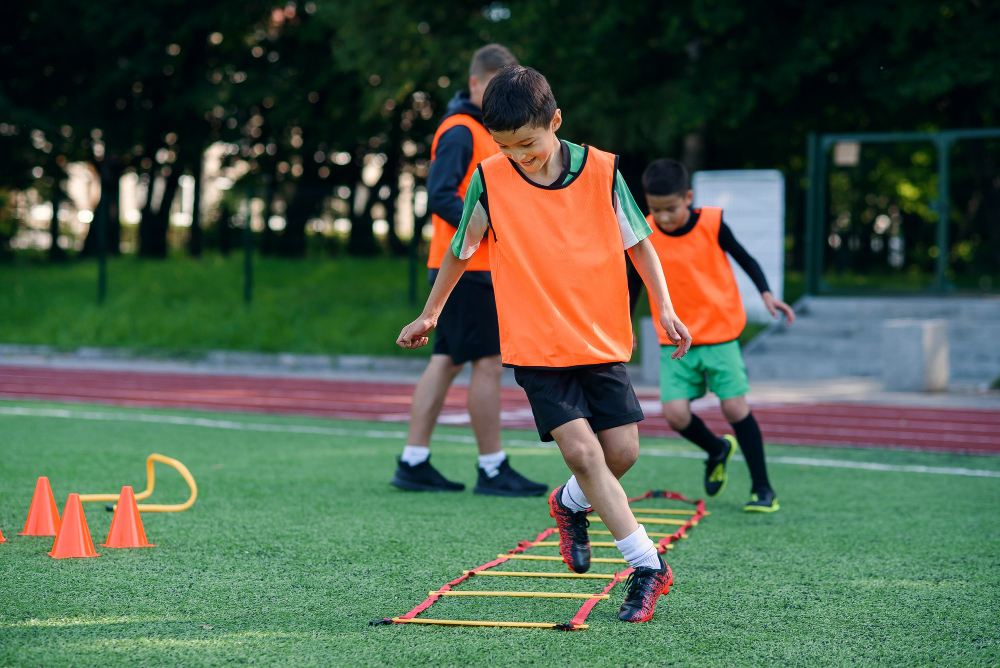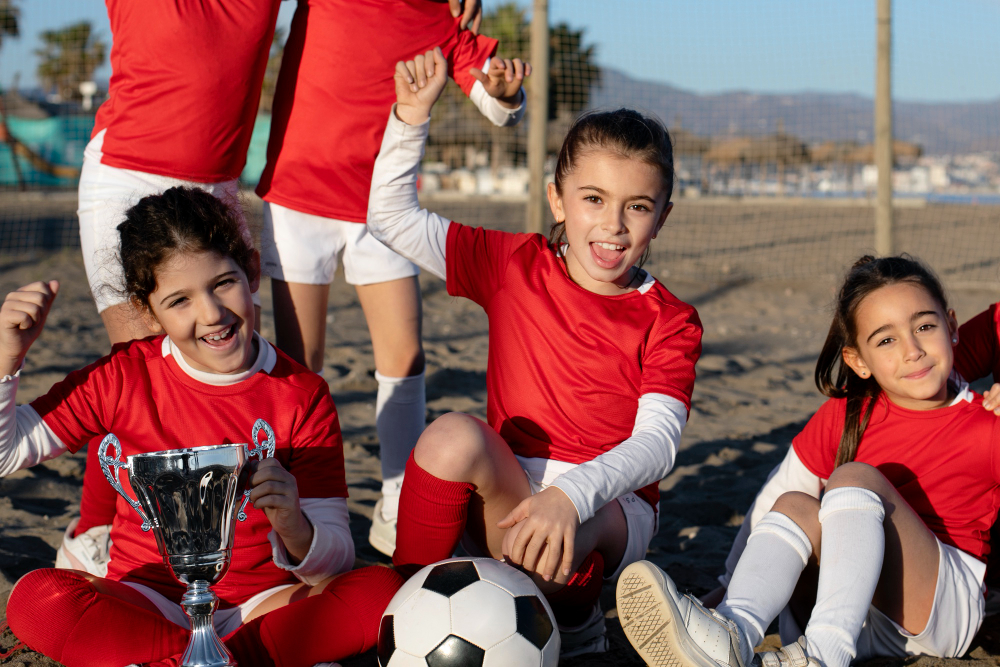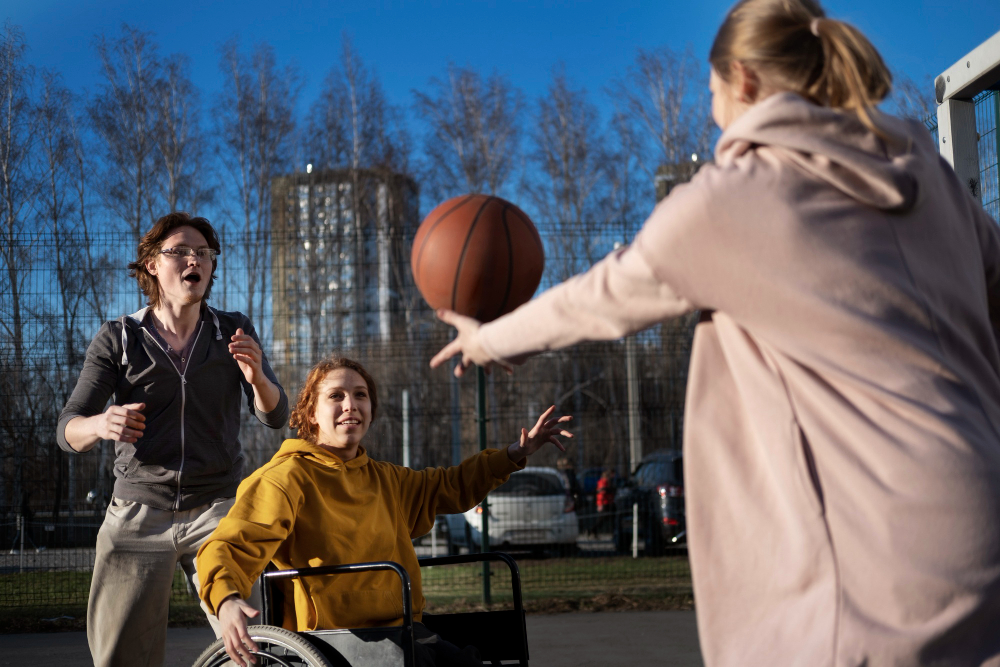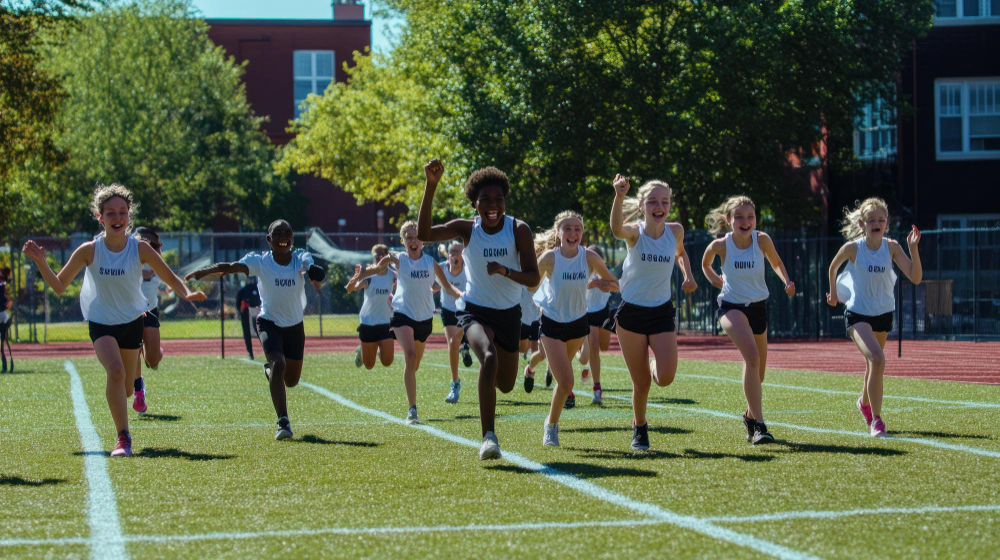Introduction
Sports play an important part in students’ overall development, influencing their physical health, emotional well-being, academic success, and social skills. Integrating sports activities into the school curriculum encourages balanced growth and prepares students for future obstacles. This article explores the multiple advantages offered by sports in education, emphasizing their critical role in developing well-rounded individuals.
Importance of sports in education
Sports are an essential component of the learning process, providing students with countless opportunities to grow both physically and cognitively. Incorporating sports into the curriculum at school fosters a healthy lifestyle, collaborative behaviour, and discipline. This balanced approach is essential for developing well-rounded individuals who can tackle future problems with confidence and resilience.
Using historical context
The addition of sports into academics has progressed dramatically over time. In the past, physical education was restricted to simple exercises like stretching. However, as schools have recognized the larger benefits of athletics, their sports departments have expanded to incorporate a variety of sports and exercises. This change indicates an increasing recognition of the value of comprehensive schooling that addresses all elements of student development.
Physical benefits
1. Improved health
Regular engagement in sports has a considerable positive impact on cardiovascular health. Physical activities like jogging, swimming, and cycling promote heart health, lower the risk of heart disease, and increase overall physical fitness. Students who participate in athletic activities are more inclined to have good heart health and lower their chance of developing heart problems in the future.
2. Muscle strength
Sports promote muscle endurance and strength. Strength training, athletics, and team sports like basketball, badminton, football, etc. all help to build strong muscles, enhance coordination, and boost overall physical performance. These benefits are critical to students’ physical growth and daily functioning.

3. Flexibility
Flexibility is another significant advantage of engaging in sports. Yoga, gymnastics, and dancing all improve flexibility, lower the chance of injury, and increase general physical agility. Flexibility is vital for sustaining an active and healthy lifestyle, allowing students to engage in a variety of physical activities with comfort.
Mental and emotional benefits
1. Stress reduction
Sports can help you manage your stress. Sports require physical exertion, which helps produce endorphins, which are natural mood enhancers. Students who engage in sports have fewer anxious feelings, which benefits their performance in school and overall mental well-being.
2. Mental health
Participating in sports benefits mental health by instilling a feeling of belonging and purpose. Sports foster camaraderie and team spirit, allowing children to form positive connections and develop resilience. These qualities are critical to their emotional and mental wellness.

3. Self-esteem
Sports engagement can increase self-esteem and confidence. Achieving both individual and team goals in athletics creates feelings of achievement and pride. This improved self-esteem extends to other aspects of life, such as academic success and social interactions.
Academic achievements
1. Improved concentration
Physical activity has been linked to improved academic achievement, according to research. Regular engagement in athletics improves concentration and cognitive function, allowing students to perform better in school. Physical activity boosts brain function, which enhances memory and learning ability.
2. Academic success
Sports provide important skills in time management, discipline, and goal-setting. These skills are readily transferable to academic endeavours, allowing students to better organize their studies. Sports teach students discipline and perseverance, which helps them achieve academic achievement.
Social benefits
1. Teamwork
Sports naturally necessitate teamwork, which is critical for developing collaboration abilities. Students learn how to collaborate together toward a similar objective while respecting and supporting one another. These cooperation abilities will be extremely useful in their professional as well as academic lives.

2. Leadership
Participating in athletics allows students to develop leadership qualities. Students learn to motivate and guide other students through various roles, such as team captains or initiative leaders. These experiences foster strong leadership characteristics, which are useful in all aspects of life.
3. Communication
Effective communication is a key component of effective sports participation. Students must interact clearly and efficiently with their teammates and coaches, honing both verbal and nonverbal communication skills. These skills are critical to their educational and future career success.
Inclusive sports programs
Programs for students with disabilities
Inclusive sports initiatives ensure that each student, regardless of ability, has access to physical activity. These programs offer adapted sports to kids with impairments, encouraging fitness and skill development. Inclusion in sports promotes a feeling of belonging and equality among the school community.

Extracurricular engagement
1. Participation rates
Extracurricular sports participation percentages are high, which reflects a strong school culture. Schools with various athletic programs encourage more student involvement, which improves the overall quality of education. High participation rates indicate an accepting and engaging educational climate.
2. Impact on school culture
Sports play an important part in shaping the environment at school. Athletic programs build school spirit, pride, as well as unity among both students and staff. Sports have a good impact on school culture by increasing student participation, improving behavior, and fostering a supportive environment.
Challenges in sports and its solutions
1. Funding
Finding appropriate finance is one of the most difficult aspects of running sports programs. Schools must properly allocate resources and explore external funding options to support their sports initiatives. Community collaborations and partnerships can also provide significant financial support.
2. Access
Ensuring that every student has the freedom to engage in sports activities is critical. Schools must address issues such as a lack of buildings, equipment, and transportation. Ensuring equal access to sporting opportunities contributes to a highly inclusive and supportive learning atmosphere.
3. Balancing priorities
Students may struggle to balance academic and athletic responsibilities. Schools need to offer guidance and support for students so that they can efficiently manage their duties. Encouraging open communication among students, instructors, and coaches can help resolve concerns and guarantee a balanced approach.
Future trends
1. Technological advancements
The use of modern technology within sports education is an increasing trend. Wearable technologies, virtual training sessions, and activity analytics tools can help student-athletes improve and perform better. These developments open up new possibilities for tailored training and skill development.
2. Evolving sports curricula
Sports education in schools is always expanding in order to accommodate the changing demands of the students. Schools are introducing new exercises and sports to encourage lifelong fitness as well as a healthy lifestyle. This evolution demonstrates a dedication to offering comprehensive and relevant sports coaching.
Conclusion
Sports play a diverse function in education, affecting physical health, mental wellness, academic performance, and the development of social skills. By incorporating sports alongside the educational curriculum, educational institutions may promote holistic development and equip children for future success. Embracing both conventional and innovative strategies in sports education will make sure that children obtain a well-rounded education that provides them with the abilities and values they need to succeed in all aspects of life.
FAQs
1. What are the beneficial effects of including sports in the school curriculum?
Integrating sports into the school curriculum benefits physical health, mental health, academic performance, and interpersonal skill development. Sports teach important life qualities, including discipline, management of time, teamwork, and leadership.
2. How do sports affect academic performance?
Sports improve concentration, mental agility, and time management abilities, all of which benefit academic success. Students who take part in sports frequently have higher grades and a better classroom demeanour.
3. What are the obstacles to introducing athletic initiatives in schools?
The challenges of creating sports programs include collecting appropriate money, guaranteeing fair access, and managing academic and athletic demands. Schools must address these issues through careful planning and resource allocation, including community engagement.
4. How can schools foster diversity in sports programs?
Schools can encourage inclusivity in sports programs by offering adapted sports to students with limitations, ensuring fair access to venues and supplies, and cultivating a supportive and inclusive environment at school.
5. What role can parents have in promoting school sports?
Parents play a significant role in encouraging school sports activities by collaborating with teachers and coaches, offering support and resources, and taking part in school-community partnerships. Parental engagement strengthens the support structure for student-athletes.
6. What are some future developments in sports education?
Future developments in sports education incorporate the use of technology, developments in training methods, and the evolution of sports curricula. Wearable technologies, virtual training sessions, and analytics in sports are changing the face of sports education.

